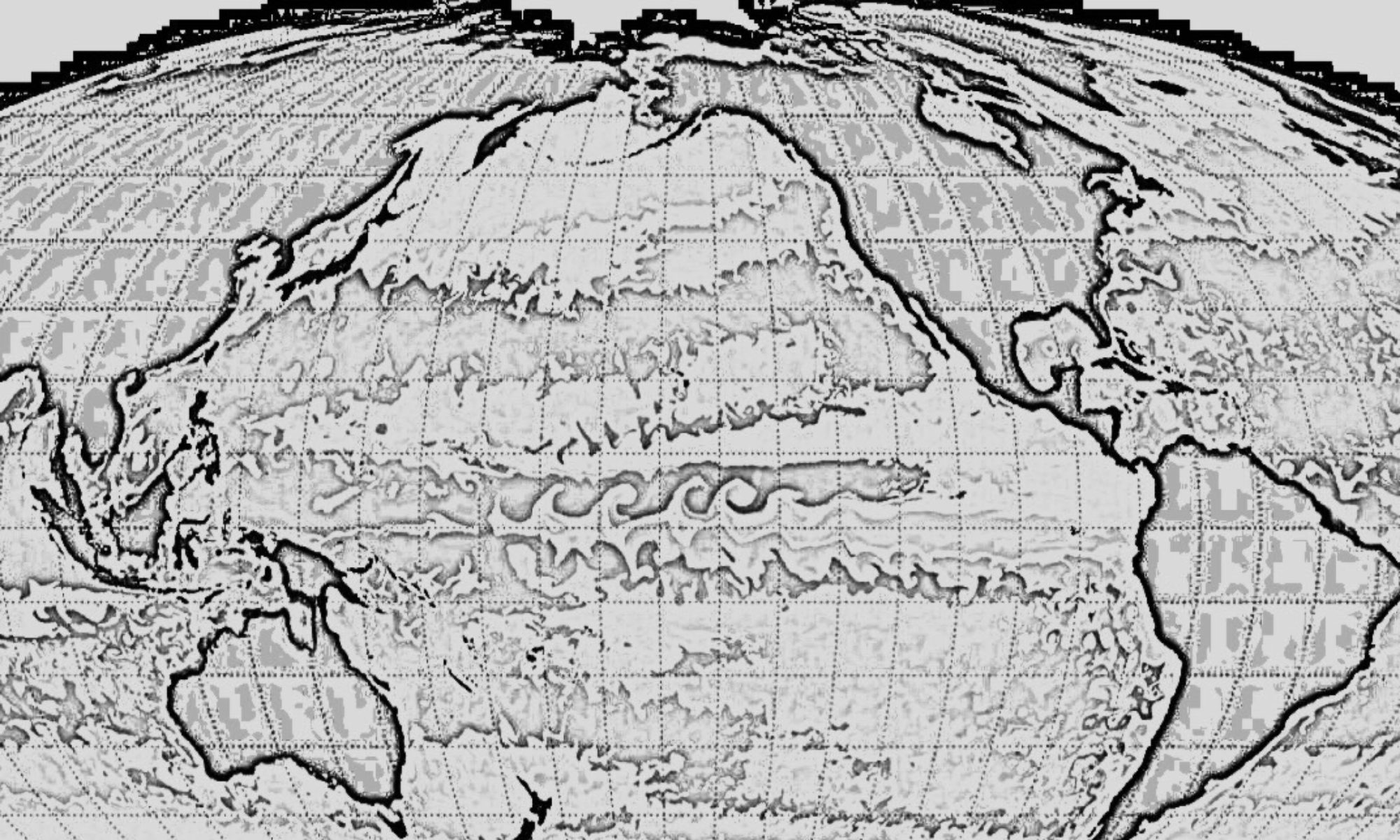by Helen Hill and Greg Britten for CBIOMES
The first Simons CBIOMES workshop on Bayesian methods in plankton modeling was held on January 8-10, 2020, at the Samberg Conference Center on the MIT campus.
Twenty-eight participants represented all ten of the CBIOMES Investigator labs and provided an opportunity to share science and expertise with the common goal of strengthening the interface between models and datasets being generated within CBIOMES. Over the three days, the meeting which was organized by postdoc Greg Britten (MIT) and research scientist Paul Mattern (UCSC), combined statistical lectures, scientific talks, and focused ‘hackathon’ time where participants analyzed marine microbial datasets via Bayesian statistical methodology.
The workshop focused on four CBIOMES-motivated case studies, including a nutrient-phytoplankton-zooplankton ecosystem model, a high-resolution multivariate time series of marine bacterial taxa, a macromolecular model of phytoplankton physiology, and a matrix population model designed to model data from the SeaFlow underway flow cytometer. Each participant worked on one of the four case studies during the hackathon period with a couple of investigators bringing problems of their own to the table.
Through hands-on data analyses, the Bayesian approach was shown to be a consistent, rigorous, and flexible framework that could integrate information from datasets and models across diverse application areas to produce meaningful and interpretable results. Most excitingly, participants were given a baseline of knowledge and software skills that will be applicable to current data analysis efforts and beyond.
Case study groups made significant scientific progress during the hackathon. For example, a group of researchers from USC, Flatiron, and Dalhousie used Bayesian methods to extract meaningful species-species interactions from time series of bacterial taxa, while a group of researchers from UW, MIT, Dalhousie, and USC was able to test a novel parameterization of how bacterial division varies with cell size that improved their ability to quantitatively describe SeaFlow measurements by a factor of two, relative to previous methods.
With plans among multiple groups to stay in touch and see their analyses through to completion and potential publication, we look forward to hearing about progress at the Annual Meeting in June. “These are practical advances towards real problems in monitoring and understanding the dynamics of marine microbial communities,” said Director of CBIOMES Mick Follows.
Aside from our deep gratitude to Greg and Paul for their hard work making this meeting a reality – designing the workshop, establishing the GitHub and preparing the notebooks – thanks also goes to guest lecturer Mike Dowd (Dalhousie) for his introduction to Bayes, Francois Ribalet (UW) and Anne-Wilem Omta (MIT) for their presentations framing two of the case studies, and to Zhen Wu (MIT) for his contributions helping code.
Images credit: Helen Hill


